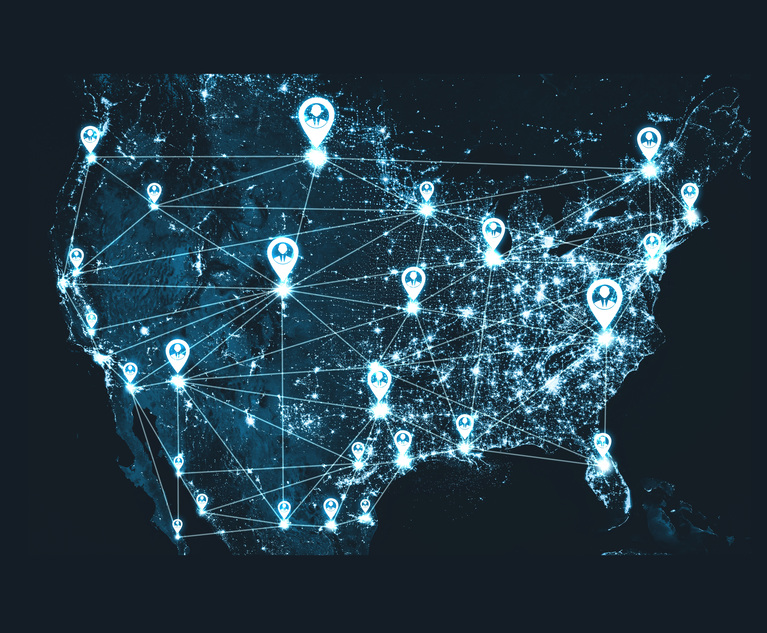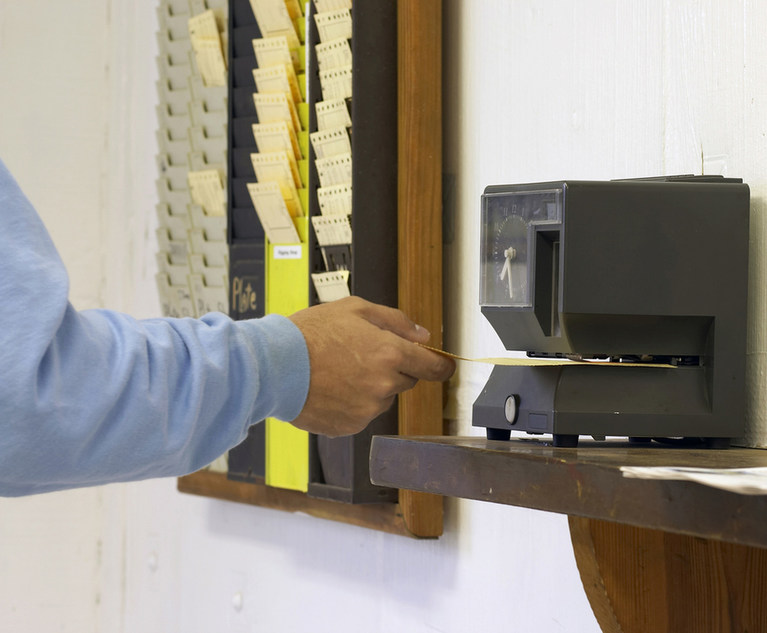Once again, the post-Alice world of software patents gets turned on a new axis as the United States Patent and Trademark Office (USPTO) and the Court of Appeals for the Federal Circuit (CAFC) fail to agree on how to determine patentable subject matter under 35 U.S.C. §101.
On Jan. 4, 2019, the USPTO released its 2019 Revised Patent Subject Matter Eligibility Guidance (the “Guidance”) which significantly altered the USPTO’s application of 35 U.S.C. §101. The rationale behind the USPTO’s revision to its Examiners Guidelines was set forth in the Federal Register that announced the Guidance (emphasis ours):
Since the Alice/Mayo test was announced and began to be extensively applied, the courts and the USPTO have tried to consistently distinguish between patent-eligible subject matter and subject matter falling within a judicial exception. Even so, patent stakeholders have expressed a need for more clarity and predictability in its application … Many stakeholders, judges, inventors, and practitioners across the spectrum have argued that something needs to be done to increase clarity and consistency in how Section 101 is currently applied. To address these and other concerns, the USPTO is revising its examination procedure with respect to the first step of the Alice/Mayo test.


 stocknshares/iStockphoto
stocknshares/iStockphoto




